Towards the end of his beautiful meditation on the long, still robust life of his grandmother Imogen Stuart, Emile Dinneen ventures to ask her: “So, do you ever think about the meaning of life?” She is sitting in her studio, sculptor’s smock on. Outside, it is one of those indolent summery days.
“The meaning of life?” Stuart repeats as though she’d never heard such a preposterous idea. Given that Stuart grew up in Weimer Berlin as a daughter of privilege in a Jewish-German household, met and then married Iseult Gonne and Francis Stuart’s son Ian; moved to Ireland to live in Laragh castle which had no water and plenty of rats; separated from her husband in a society in which that was verboten; raised a family and established herself as an artist of international renown, it is not an unreasonable question. But she is a straight shooter. Dinneen, mostly invisible in this film, exits the room and Imogen sits there, stumped.
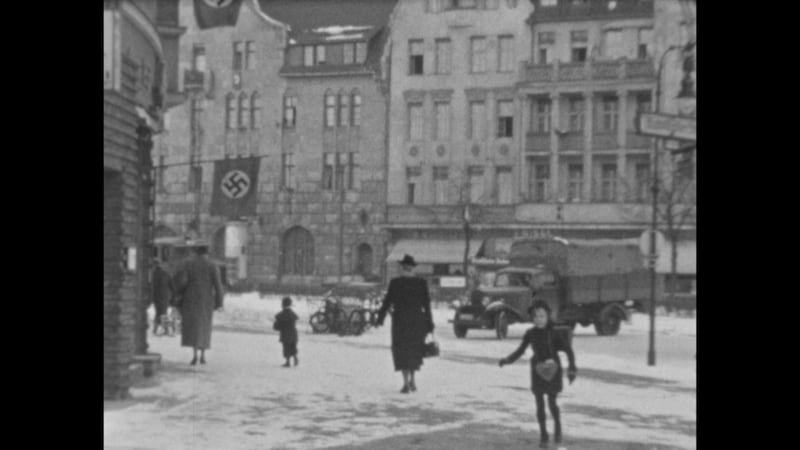
“Well, I don’t know. The meaning of life,” she repeats to nobody in particular in an accent that is a perfect balance between conversational Irish and formal European.
“What is ‘meaning of life?’ I don’t know. I have never thought about it. I mean you can’t say, to be married and have children. You can’t say that is the meaning of life. I think that is very simple. I think perhaps just to see that fantastic creation. I think that’s what I feel about it. Just to praise and be aware of this fantastic creation – of us and what we can create and nature itself.”
RM Block
Dinneen, an accomplished film-maker, spent 13 years documenting his grandmother with a camera. He had a vague idea of making a film of her life and the project sharpened when Imogen told him that she had reels of film taken by her father in their home in the affluent Dahlem (Berlin). Dinneen has interspersed his great-grandfather’s films, black and white of startling clarity, with his on-going chronicles of Stuart’s steadfast joy in the power of creating, of making more art. It was Stuart’s decision to carve a self-portrait in mature French oak that prompted Dinneen to begin recording.
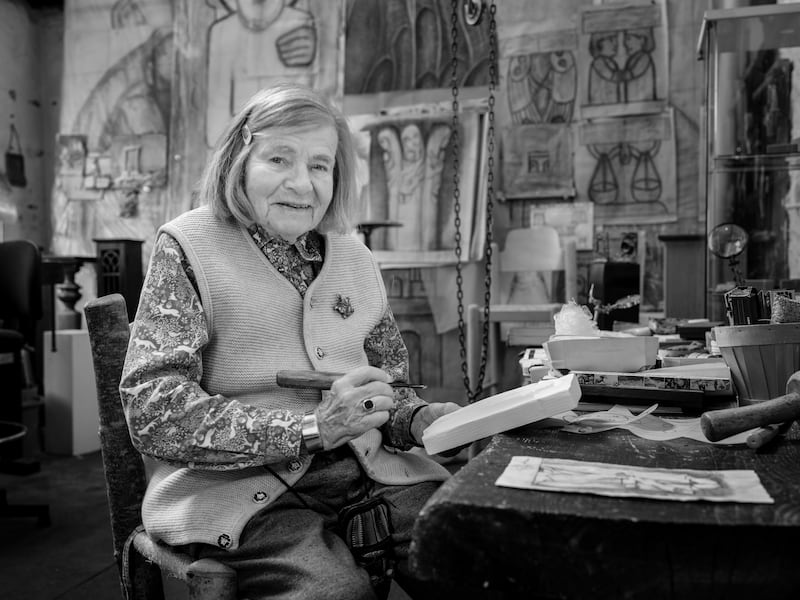
“Little did I know that 13 years later I would still be filming – and she still going strong. But that was the starting point. And then she told me of this archive that her father had shot; hours of footage of her growing up in wartime Berlin, Nazi Germany. That was like a treasure trove. And then she has had so many films made about her since we had this amazing archive to work with. And she is still so alive and lucid and working, I had no aim other than to keep filming her and spend time with her.” It is easy to understand why. Even for the viewer, spending time in Stuart’s company is a soothing experience. She radiates both calmness and optimism and although she adored Ireland from the moment she landed here, she still sees the land through an earthily practical Germanic eye. Dinneen is her grandson by blood. Ian Stuart is his grandfather, Iseult Gonne his great-grandmother and Maud Gonne his great-great-grandmother. It is a formidable family lineage and one that he regards with interest rather than any dazzlement.
“To be quite honest, growing up I had heard of it but my feeling was: I don’t want to know about that, I’m me, I want to do my own thing. But in college, I was studying history and I became interested in Francis Stuart. I was interested in literature. I’d grown very close to Imogen. For the first seven years of my life, Imogen’s workshop was at the end of our garden. I would go under a hedge to get to the workshop and spend a lot of time with her. And then I became interested in Francis and I had met him quite a few times before he died. Obviously, he was controversial in terms of what he got up to and his work. He was in his late 90s when I knew him. He was always very welcoming. He quite liked to drink and always had a bottle of sherry hidden somewhere so any opportunity to have a drink. It seemed to me he relished attention. As a character, he seemed a very warm and nice person. But I wasn’t going in with any agenda. I was curious about my grandfather.”
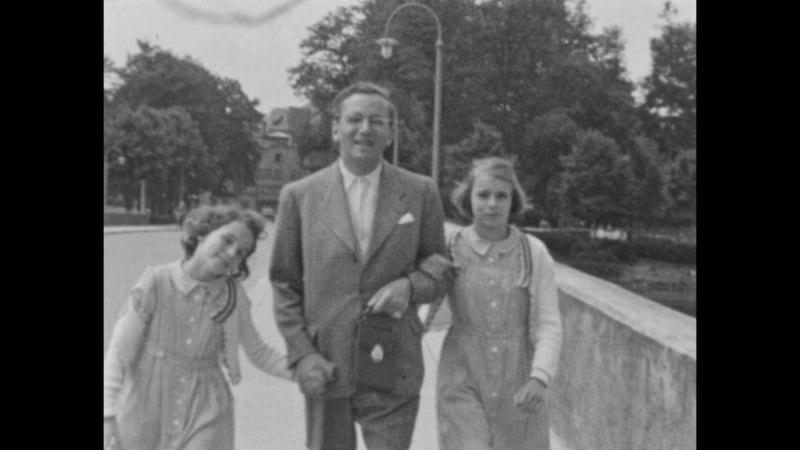
When Imogen moved to Ireland with Ian, they lived in the family home of Laragh, “this crazy castle which was so damp, so cold,” she reports in the film. “If we wanted to have a bath, we waited for the rain. And I enjoyed every bit of it.” She describes the first decade of their two spent together as wonderful, the second a misery. The living arrangement was unusual: Iseult Gonne was living permanently in the house along with Francis Stuart’s own mother – Francis Stuart himself had by then decamped to Germany. Imogen also met the elderly Maud Gonne on her visits. “Always dressed up to kill, always in beautiful outfits,” she recalls in the documentary.
“And she would sit down in a chair. So tall, she was. By that time bent of course. Every one of us called her Madam.”
So, she did see things. But she has this eternal optimism and likes to see only the good things in life
The division between Imogen Stuart’s pre- and post-war life is stark. There is an enchanted quality about the family films made by her father and the great appeal of Dinneen’s film is that his grandmother can look back and be thrilled by that period while very much belonging to contemporary Ireland.
“They lived a very bourgeoise life,” he says of the Werners.
“Looking at the footage, you wouldn’t know there was a war going on. It was all compounded by the fact that Bruno was half-Jewish, so he had to be very careful. But Imogen’s memories – she had an idyllic childhood. We often have this conception that if there is a war going on, people must go through immense suffering. But life goes on. And Berlin was at the heart of it. The city was protected. Her father came from a very well-to-do family. And he managed to build his house in one of the wealthiest parts of Berlin with money given to him by his Jewish mother. She could see what was coming down the tracks. Where they lived in Berlin, two doors down Imogen played with the children of Hans Frank, the notorious Nazi who was known as the Butcher of Poland. But in the same school, there was also a Jewish girl who was clearly protected in some way. In a way, it was an elite world. So, that made it interesting looking into the strange contradictions of the world she inhabited as a child.”
It wasn’t that she was oblivious to the war. She told Dinneen stories that many children would find traumatic – of seeing, for instance, a Canadian pilot lying lifeless in a tree one day on her way to school, his innards spilling out. A postman came and covered the dead man.
“So, she did see things. But she has this eternal optimism and likes to see only the good things in life.”
The attitude held true when she found herself in Laragh as a newly married woman. In reflection, Stuart is wonderfully unimpressed by the accident of having married into Irish bohemian literary aristocracy. Maud and Iseult Gonne loom large in all studies of WB Yeats. Maud Gonne, in particular, has bloomed into a mythical figure.
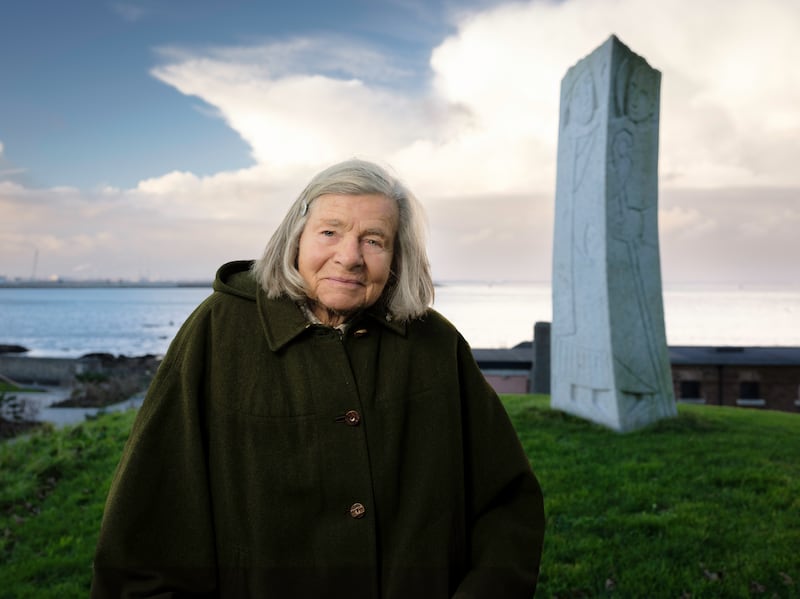
“And I think she cultivated that. My sense is that she understood celebrity before celebrity was a thing,” Dinneen says, admitting that he had to think about whether he wanted to include her in this film.
“But she also did great work and I think that is why she is remembered. She did great work in society and her vision of the injustice of that time is why she was more than just [a] celebrity.”
Through her memories, Stuart succeeds in grounding the Gonne women behind the shimmering words and she speaks very fondly of Iseult Stuart.
“Yeah, they got on very well. I think Imogen always felt a little that there was something tragic about Iseult. That she wasn’t the happiest person. But they were very close and I think Imogen loved her a lot. I asked her whether she knew Francis Stuart (Iseult’s husband), but she said she had no interest in him at all out of loyalty to Iseult. Francis, I don’t think, treated Iseult particularly well, heading off to Germany and then getting involved with another woman there and ended up marrying her. They didn’t have a nice time together. And so, Imogen was very loyal to Iseult and just had no time for Francis.”
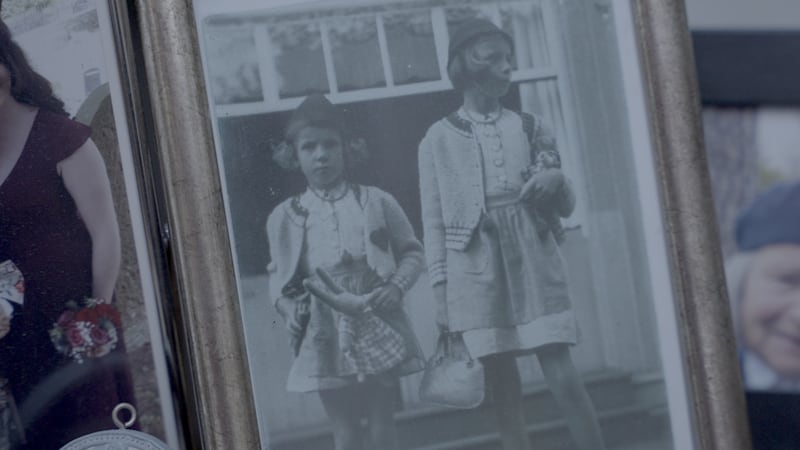
As he gathered film and the years passed, Dinneen found himself amazed at the commitment and quality of the works his grandmother continued to create. Even after she no longer had the physical wherewithal to work with the toughest materials, she adapted. In fact, the Coach House Gallery in Dublin Castle has just opened an exhibition of her work, it will be run until February of this year.
With producer Adrian McCarthy and editor Mirjam Strugalla, Dinneen spent many hours choosing the finished material from reams of footage and archive. His grandmother, he says, is looking forward to the film and just last week phoned Emile to enquire about how the press and publicity was coming along.
“What is your plan?” he quotes with a laugh. “As in: Get your act together.”
That perpetual forward motion is, he has come to think, the secret to her unflagging energy. “She doesn’t stop. And she is like a child in her curiosity. I think that is what keeps her going. There is always something new. Every time you see her. A story or something she heard or saw that she can’t wait to tell you.”
Imogen From The Heart by Curious Dog Films will be broadcast on RTÉ One on Thursday, December 7th at 10.15pm.





















